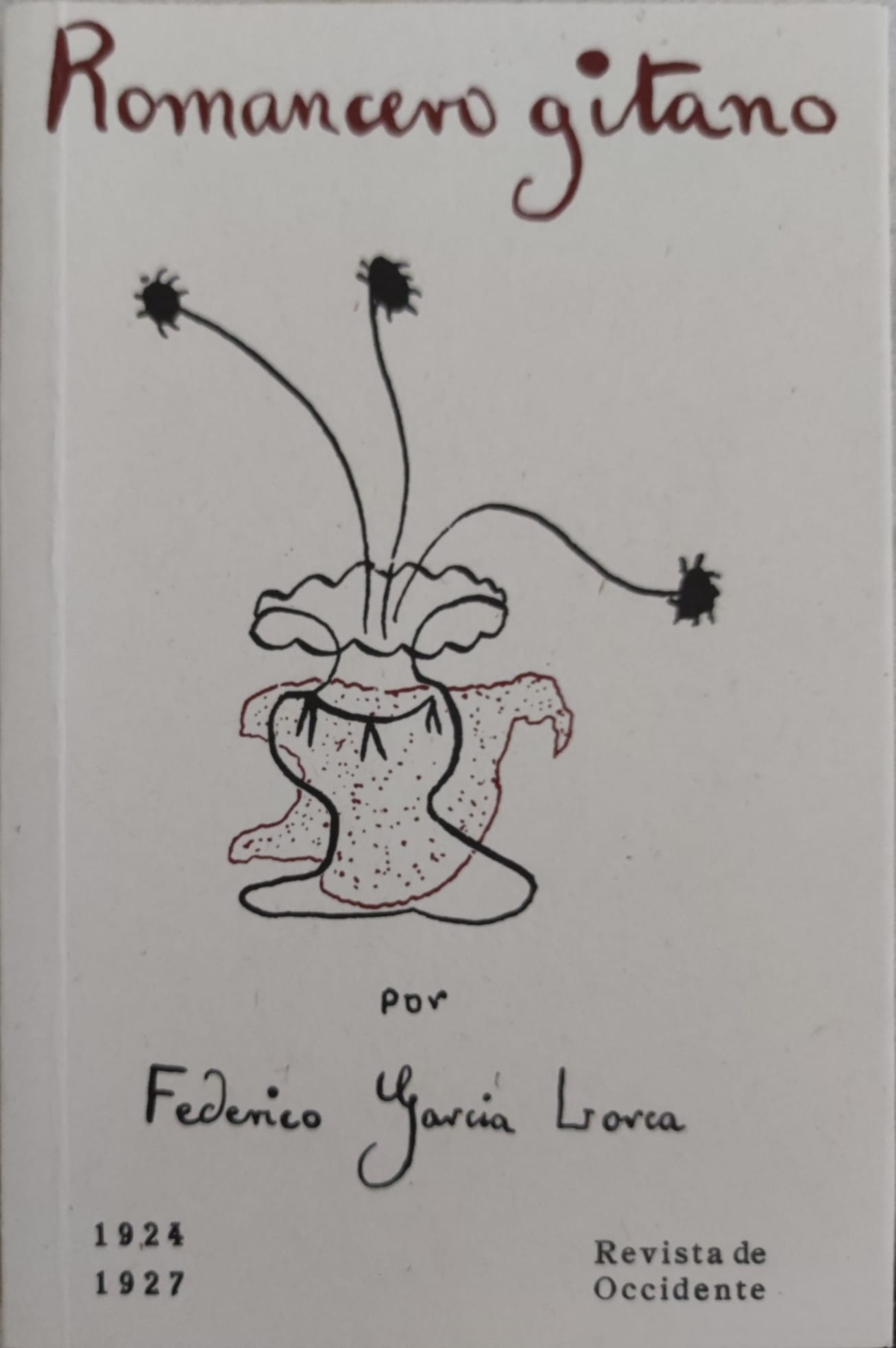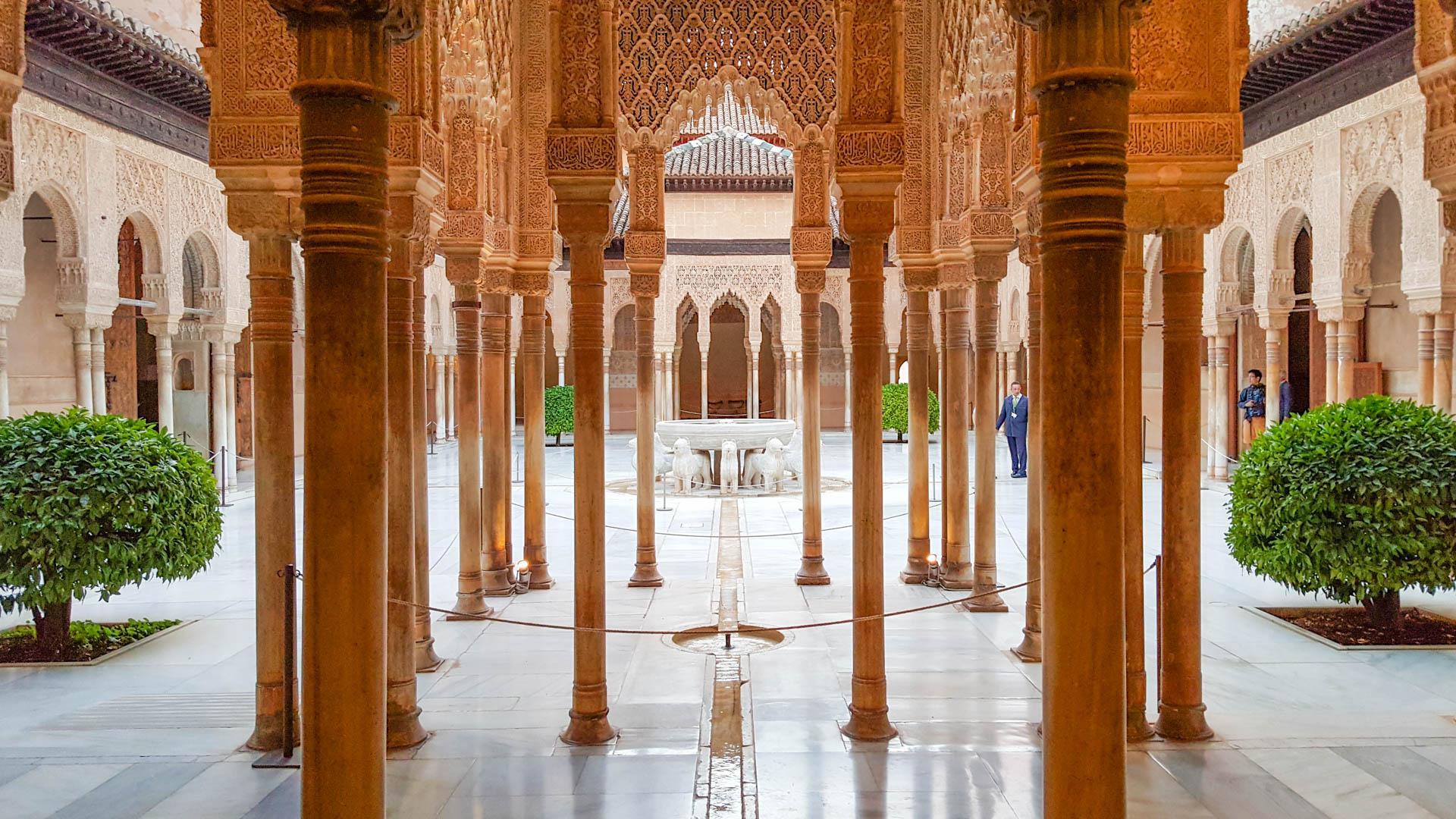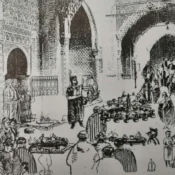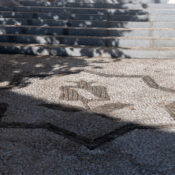"Romancero gitano", by Federico García Lorca

"Romancero gitano", by Federico García Lorca
If we talk about Federico García Lorca, we cannot fail to mention the love and fascination that the gypsy people had in the author. It is not only a cultural claim, but a folkloric representation of Andalusia: let's keep in mind that, at that time (and unfortunately, today), the gypsy population and culture were despised.
One of our poet's best-known works is Romancero Gitano, which was published in 1928. It includes eighteen romances that are based on gypsy Andalusia, telling us about it through different themes such as the moon, the sky or the death. The narrative and the lyrical are mixed, full of metaphors and symbols. For us it is essential if you want to know the culture of Granada, so here we leave you the inaugural romance of the repertoire, which is titled Romance de la luna, luna.
Enjoy!
The moon came to the forge
in her bustle of spikenard.
The boy stares at her.
The boy is staring at her hard.
In the feverish air
the moon sways her arms,
showing, lewd and spotless,
her cruel, tin breasts.
"Run away, moon, moon, moon.
If the gypsies find us,
they would cut out your heart
to make necklaces, silvery rings."
"Child, let me dance.
When the gypsies come,
they will find you on the anvil
with your tiny eyes shut tight."
"Run away, moon, moon, moon.
I can hear their horses."
"Child, let me be, don't tread
on my shiny, starched white."
The rider was galloping closer
beating upon the drum of the plain.
Inside the forge the boy
had his eyes shut tight.
Across the olive grove, bronze
and dreams, the gypsies arrived.
Their heads held high,
their eyes half shut.
Ai, how the night owl sings!
How she sings on the night tree!
The moon goes through the sky
leading a boy by the hand.
In the forge the gypsies
weep and sob aloud.
The breeze is watching, watching.
The breeze keeps watch all night long.
All categories
- Arquitectura islámica
- Arte y decoración en la Alhambra
- Visitors Tips
- Cultura andalusí
- Granadian Sayings
- Folklore
- Granadian Cuisine
- Granada
- Granadian Province
- Alhambra History
- Distinguished Granadians
- Useful information
- Granadian Literature
- Granadian Literature
- Magic, legends and mystery
- Granadian Miscellany
- Granadian Nostalgia
- Granadian Traditions
- Granadian Traditions
- Guided tours
Latest posts




